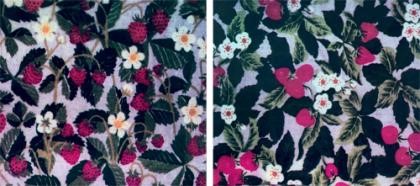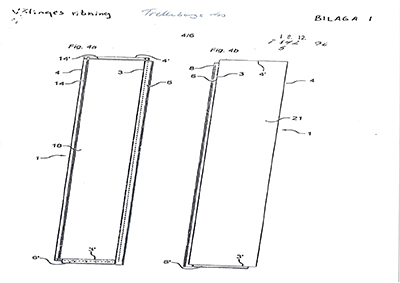Picture school part 2 image rights
Textbooks often use images in the form of figures, drawings or photographs. In many cases these images are copyrighted by the author, but in some contexts it may be appropriate and desirable to borrow images from other publications. For such images, permission must usually be obtained.
Thresholf of originality - What is it?
For a work, such as an image, to be protected by copyright, it needs to have a certain degree of originality and independence. This is referred to as achieving a sufficient degree of authorship.
However, the requirements for this originality and independence are quite low. Even simple drawings and illustrations are currently protected. However, very simple technical drawings, simple diagrams and the like can be assumed to be free. When assessing the authorship of a drawing, for example, a hypothetical test is whether it is likely that two originator could independently arrive at the same result. If this is the case, the work is probably not copyrightable.
Threshold of originality

The artist Lena Boije had created the textile pattern wild strawberries. The pattern became popular and after some time, a fabric with the pattern was put on the market. This later pattern depicted strawberries instead of wil strawberries. The supreme court ruled that the design of the original fabric reached the level of originality, but since the design was rather simple and did not have much individual character, the protection was limited to direct copies only. Although it was found that the strawberry pattern must be considered to have been created in recognition of the popularity of the wild strawberriepatern, the slight differences were sufficient ti clear the strawberry fabric of copyright infringement.

No requirement for registration
Processing of images
Some free reproduction of works of art
The right to reproduce works of art in the context of a critical presentation provides some scope for the free reproduction of images. This right presupposes that the source is cited and that the reproduction does not go beyond what is necessary to facilitate the critical presentation. The reasoning behind this is the same as for quotations from text (cf. Quote School Part 1). The right does not apply in digital media.
Can waive claims
An author is of course free to waive all or part of his claims, and may for example, state that he is free to reproduce the image, free to reproduce the image but not distort it, or free to reproduce the image but not in a commercial context. This is relatively common. So-called creative commons licences are often used.
Protection period.
The copyright on images is valid for 70 years from the year following the year of the author´s death.
Photographs
Photographs have their own protection, even if the photo is trivial. The protection lasts for 50 years after it was taken. Works of art are also protected by standard copyright law.
Identifiable persons
Under Swedish law, persons appearing in advertising must give their consent to the publication of the image. This means that people on book covers have to give their consent to appear there, as the cover will be used in the marketing of the book.
Also keep in mind that a picture of an identifiable person combined with a certain caption may imply that the person in the picture has the characteristics or belongs to the group mentioned, even if this is not the case. As a writer, you should be alert to such combinations and put yourself in the shoes of the person depicted.
If you are writing about medicine and health care, you may want to use photos involving patients. This could be information about a health condition, which is sensitive from a privacy point of view. Therefore, you will need authorisation from the patients, or in the case of children, from their parents. If the patient cannot be identified, for example in the case of X-ray or microscope images, the patient's authorisation is not required. Hospitals and other healthcare facilities may have their own rules for taking photographs on their premises. You should also be aware that the Patient Data Act sets out the conditions under which information, including images, can be searched in such systems
Sometimes difficult judgements
This article has given you a concise and simplified account of image rights. Some of the judgements above are difficult to make, so in such cases it is advisable to contact someone who is an expert in copyright or privacy issues. But if you know the basics, it is often easier to know when you need help from someone who knows more.

